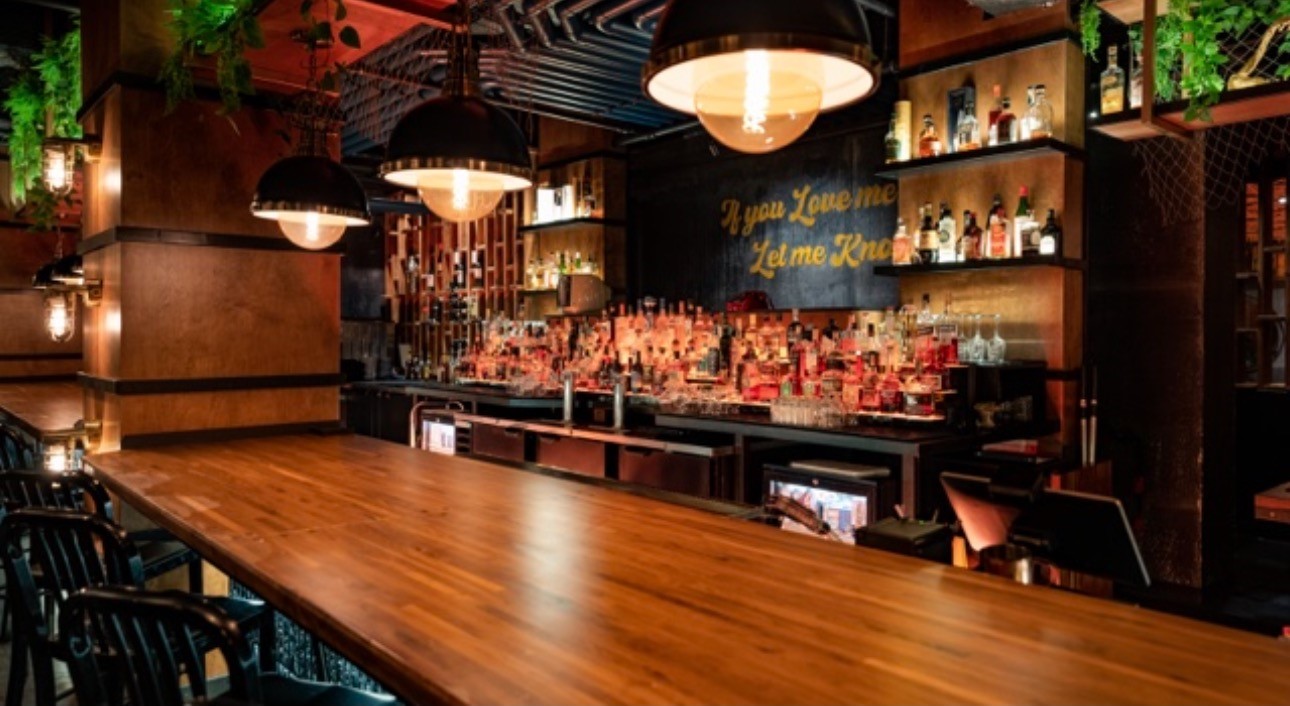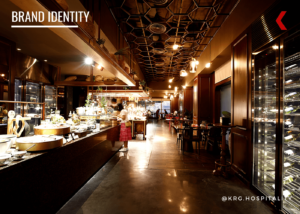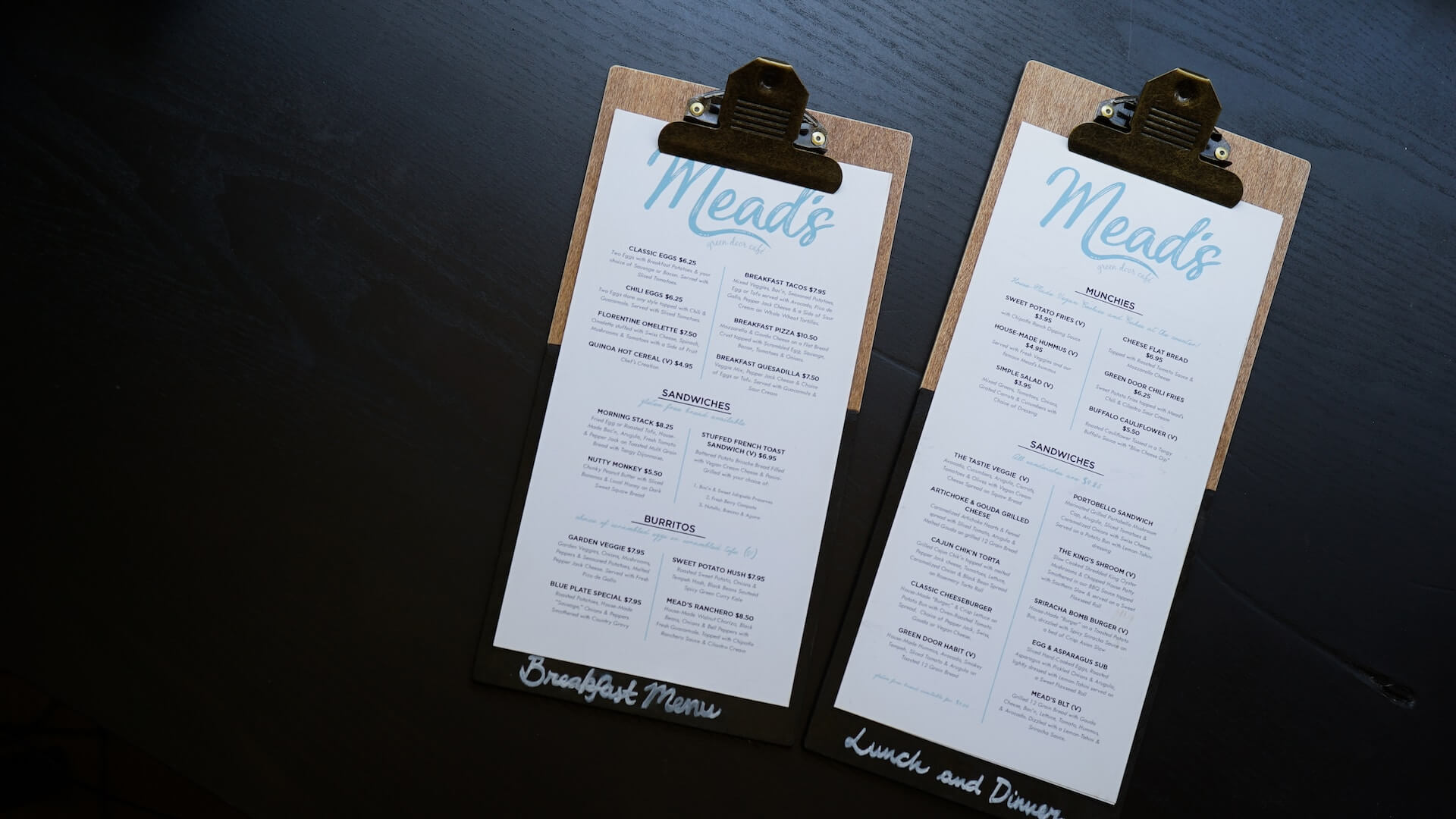Raise the Bar: The 3 Ps of Hospitality
by David Klemt

No, one isn’t “pineapples.”
Nightlife, bar, and cocktail experts Mia Mastroianni, Phil Wills, and Art Sutley want operators to focus on what they call “the Three Ps.”
The engaging trio shared their trio of Ps recently in Las Vegas at the 2023 Bar & Restaurant Expo.
So, what are the Three Ps of hospitality? People, Place, and Product. Operators who pull the threads tighter on each of these crucial elements will be well on their way to improving operations and the guest experience.
People
Remember all the way back to a week ago when I shared Mastroianni, Wills, and Sutley’s thoughts on service versus hospitality? Consider the first P a deeper dive into that topic.
Operators need to focus on two categories of people who help their businesses succeed: their teams and their guests.
Addressing the former, the trio feels that operators are centering a disproportionate amount of their attention on guests in comparison to staff.
“We’re not lacking for people who want to work in the business and are outperforming other industries, but we’re not focusing on staff like we focus on guests,” says Wills. “Treat everyone with respect, including through the hiring process. If you don’t engage your staff, you won’t retain them. You need to show them they can grow in your business.”
According to Sutley, 89 percent of operators say that labor costs present a “significant challenge.” It follows, then, that committing to treating staff with respect and nurturing their careers isn’t just the right thing to do, it’s smart business.
Look for people with passion, those you can motivate to go above and beyond so you’re not stuck with a team full of space-fillers who are just after a paycheck, suggests Mastroianni.
Of course, operators and their teams must also focus on providing exceptional service and experiences to guests.
“Treat ever guest like a pearl in an oyster,” advises Wills. “They’re the pearl, we’re the oyster. We need to ‘protect’ them.” Anything less, cautions Sutley, and guests won’t return.
Place
Interestingly, the trio touched on design, aesthetic, and vibe. However, that isn’t the crux of the second P.
Rather, Place is really goes back to the guest experience. The design, aesthetic, and vibe need to meet guest expectations.
“Make sure your space is what it’s supposed to be,” says Wills.
For example, if a concept presents itself as a high-end cocktail bar, the four walls need to deliver on that expectation. With the exception of a handful of high-level examples, an upscale bar won’t survive if they deliver a dive bar—not neighborhood bar, dive bar—vibe and service. (For the record, I love a dive bar. But I don’t expect to encounter TV trope-style dive bar service if I walk through the doors of a high-end cocktail bar.)
One way operators can ensure their space is what it should be is standardization. Once a concept goes from idea to brick and mortar, when the owner’s vision is realized, the team needs to deliver a matching experience. Steps of service, systems, procedures…standardization is the name of the service game.
“Standardize your opening, shift, and closing procedures and systems to maintain your place,” says Mastroianni.
Every team member—front of house, back of house, leadership—needs to know and buy into an operator’s standards.
Product
Standardization breeds consistency. And consistency is a key element of the third P, Product.
Per Sutley, 76 percent of operators have noticed that guests are opting for more premium drinks. That’s great news, but it’s not the whole story.
It’s great that guests are opting for more expensive drink options. After all, that can certainly help the bottom line.
“However,” cautions Mastroianni, “they won’t come back without consistency in production.”
To drive this point home, consider this story from Mastroianni. A bartender made her a drink, and it was pretty good. She ordered another one from the same bartender and watched him make it differently the second time around. Not only was this second version different, it was better. While one could view this story through a positive lens—the drink was even better the next time!—that’s not the correct takeaway.
If the bartender was committed to building cocktails consistently, the second version of that cocktail would’ve been the first one served to Mastroianni. It would be the best version, and it would always be that impressive version.
When we’re fighting the possibility that up to 70 percent of first-time guests never return, the importance of product consistency can’t be overstated.
“Really focus on the small details to affect big change and get guests through the doors and keep coming back,” says Wills.
Image: Aleksandar Pasaric on Pexels











